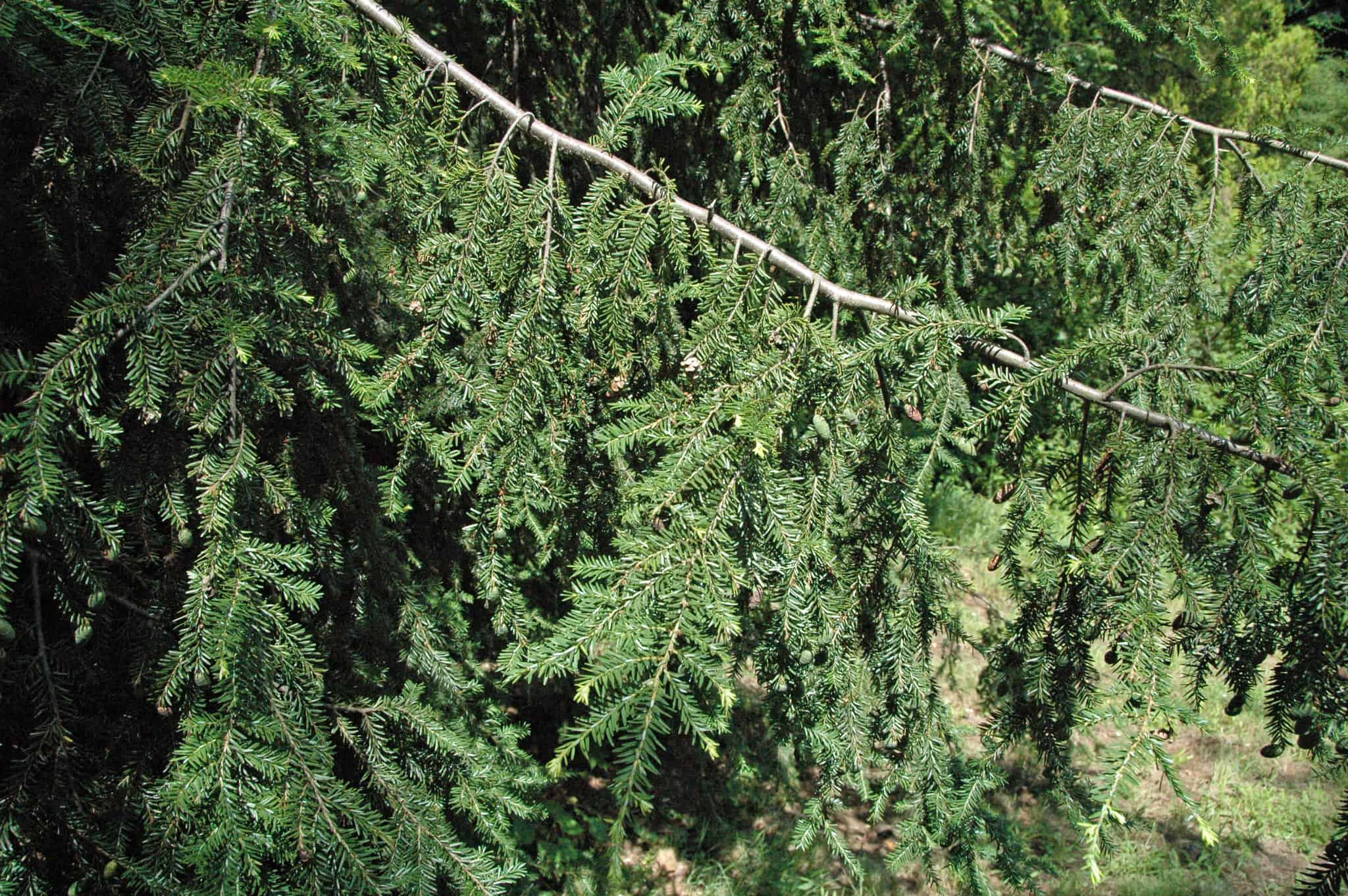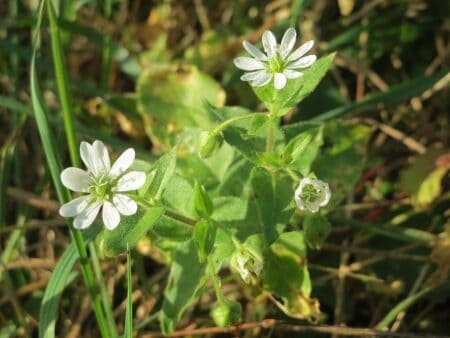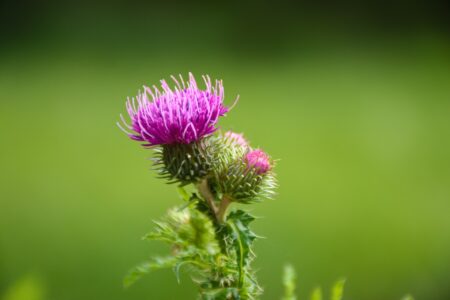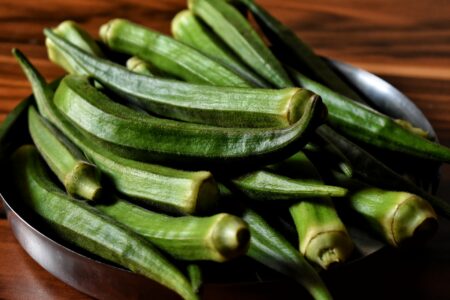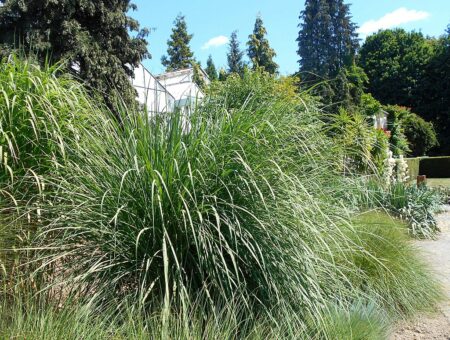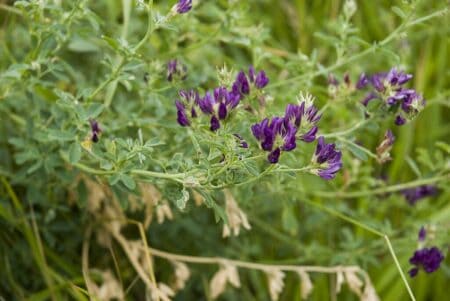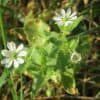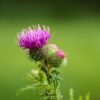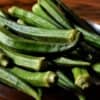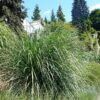Source: James St. John
Have you ever walked through a serene forest and been struck by the majestic beauty of the Canadian Hemlock?
These evergreen trees, with their graceful branches and delicate needles, are popular for landscaping and can add an air of tranquility to any outdoor space.
But growing and caring for these trees requires some knowledge and effort.
This article will guide you through growing and caring for Canadian Hemlocks so that you can enjoy their beauty for years to come.
What Is Canadian Hemlock?
Canadian Hemlock, scientifically known as Tsuga canadensis, is a coniferous tree native to North America.
It is a member of the Pinaceae family, which includes other popular trees like pine and spruce.
Canadian Hemlock is known for its slender and graceful branches, covered in short, green needles.
The tree can grow up to 80 feet (24 m) tall but is often pruned to a more manageable size.
Canadian Hemlock Varieties
Several varieties of Canadian Hemlock are available, each with its unique characteristics.
Some of the most popular varieties include the following:
- Cole’s Prostrate – a low-growing variety ideal for ground cover or rock gardens.
- Jeddeloh – a dwarf variety that is perfect for small gardens or container planting.
- Sargentii – a compact variety that is great for hedges or screening.
Benefits of Growing Canadian Hemlock
Here are some befits of growing Canadian Hemlock:
- Attractive appearance: Canadian Hemlock has a classic, elegant look that can enhance the beauty of any landscape. Its soft green needles and graceful branches make it popular for borders, hedges, and specimen trees.
- Low maintenance – Canadian Hemlock requires minimal pruning and care, unlike many other evergreen trees. It is also resistant to most pests and diseases, making it a low-risk option for gardeners.
- Provides year-round interest – Canadian Hemlock is an evergreen tree that stays green throughout the year. This can provide year-round interest and color to your garden, even during winter.
Growing Canadian Hemlock
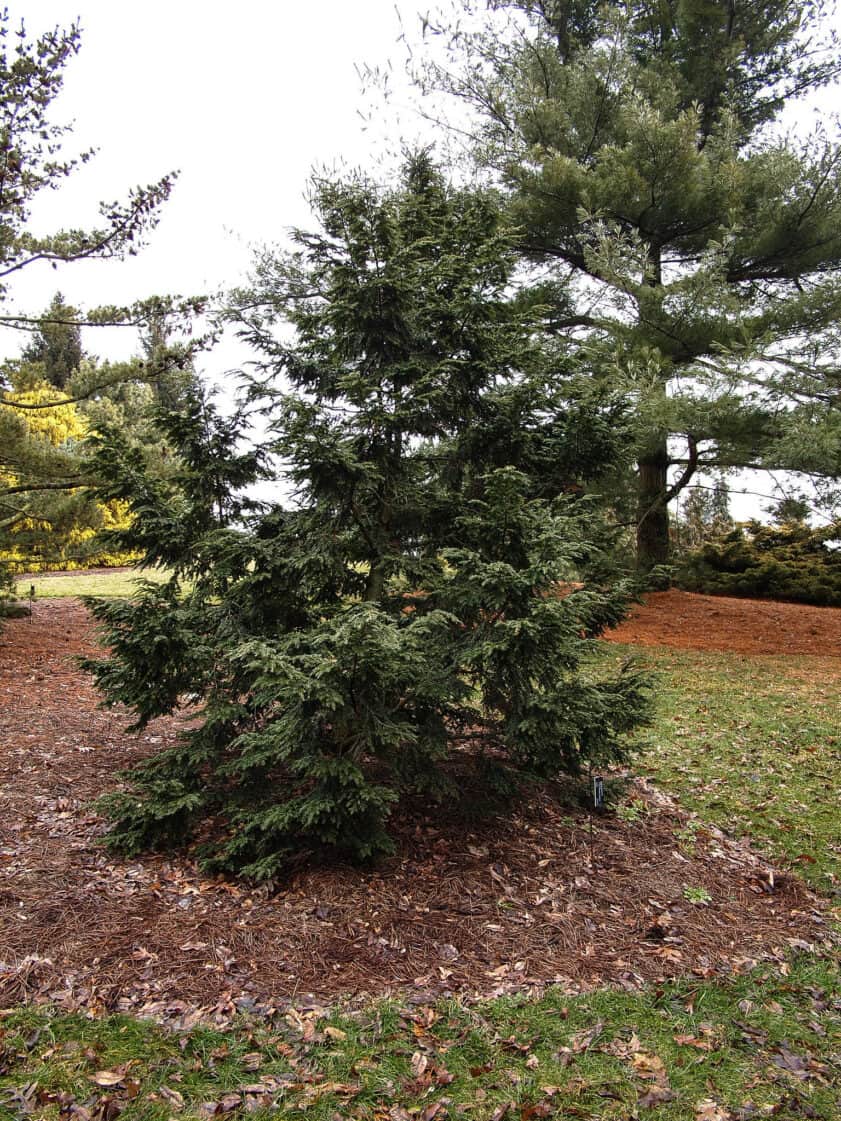
Canadian Hemlock is a versatile plant that grows in various conditions. However, to ensure healthy growth, it needs the right environment.
The ideal growing conditions for Canadian Hemlock include the following:
- Light: Canadian Hemlock prefers partial shade to full shade, making it an excellent choice for planting under deciduous trees.
- Soil: Canadian Hemlock grows best in well-drained, slightly acidic soil with a pH of 6.0 to 6.5. Avoid planting in heavy clay or alkaline soil.
- Temperature: Canadian Hemlock is hardy in USDA zones 3 to 7 and can tolerate winter temperatures as low as -40°F (-40°C).
Best Time To Plant Canadian Hemlock
Plant Canadian Hemlock is in the fall or early spring when the soil is workable.
Planting in the fall allows the roots to establish before winter, while planting in the spring gives the plant ample time to develop before the heat of summer arrives.
How To Plant Canadian Hemlock?
Follow these steps for planting:
- Dig a hole that is slightly larger than the root ball.
- Gently remove the plant from its container carefully not to damage the roots.
- Place the plant in the hole and backfill with soil, tamping down gently to remove any air pockets.
- Water thoroughly to help settle the soil around the roots.
Watering Canadian Hemlock
Canadian Hemlock requires regular watering to thrive.
Water deeply once a week during dry spells, soaking the soil to a depth of at least 6 inches (9 cm).
Do not overwater to avoid root rot and other issues.
Caring for Canadian Hemlock
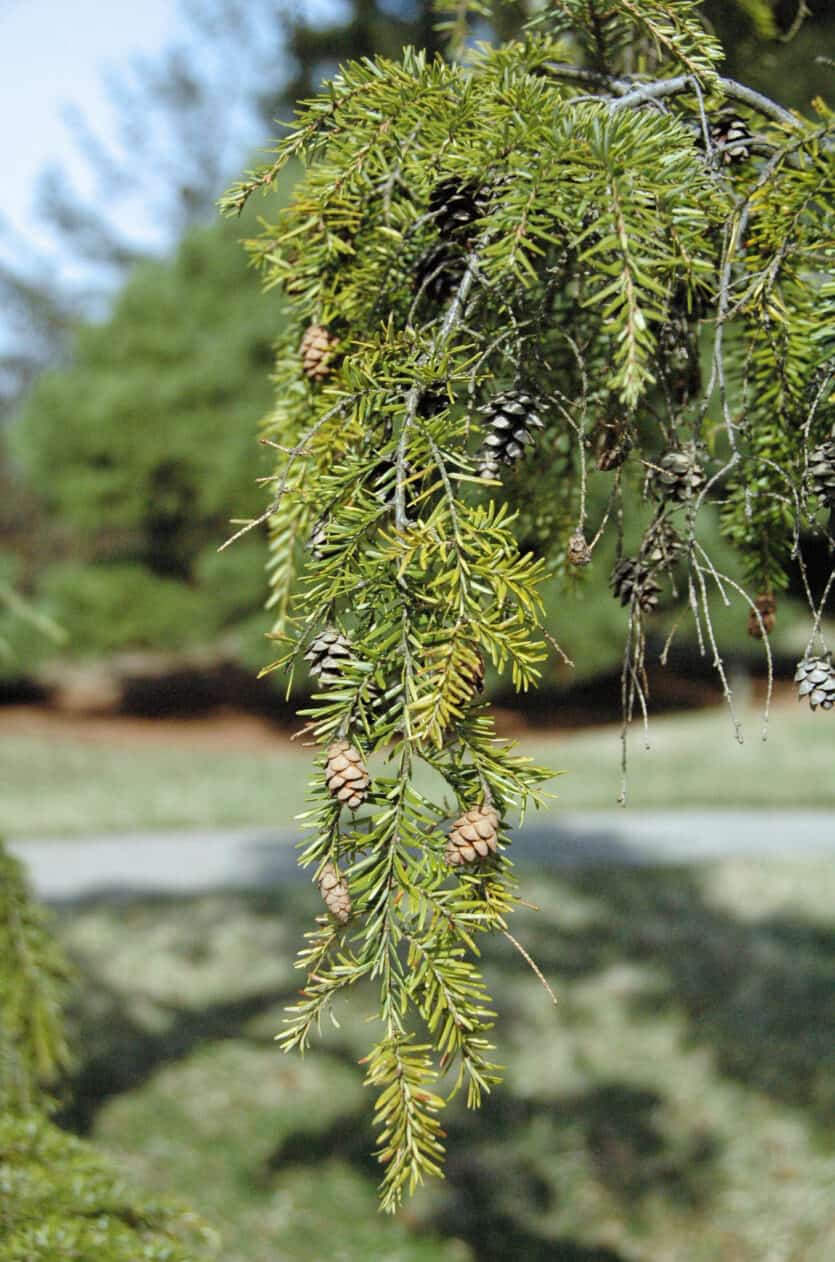
Canadian Hemlock is a relatively low-maintenance evergreen tree that still needs proper care to thrive.
Proper care of your Canadian Hemlock will keep it looking beautiful and help it resist common pests and diseases.
Fertilizing Canadian Hemlock
Fertilizing keeps your Canadian Hemlock healthy with essential nutrients it might not get from the soil.
Here are some things you need to know about fertilizing Canadian Hemlock.
Types of Fertilizers for Canadian Hemlock
Many different fertilizers are available, but not all are suitable for Canadian Hemlock.
Hemlock trees prefer acidic soil; therefore, acidic fertilizers work best.
You can use a nitrogen-rich fertilizer like ammonium sulfate or a balanced fertilizer with equal parts of nitrogen, phosphorus, and potassium.
Fertilizing Schedule
The best time to fertilize Canadian Hemlock is in the spring, just as new growth begins.
It’s best to avoid fertilizing in the fall, as this can cause the tree to grow too quickly and make it more susceptible to winter damage.
Mulching Canadian Hemlock
Mulching helps to conserve soil moisture, reduce weed growth, and improve soil fertility.
Here are some things you need to know about mulching Canadian Hemlock.
Types of Mulch for Canadian Hemlock
You can use organic or inorganic mulches for Canadian Hemlock.
Organic mulches like pine needles or bark chips are preferred because they add nutrients to the soil as they decompose.
Inorganic mulches like gravel or stones are not recommended, as they don’t provide any nutrients to the soil.
Mulching Techniques
Keep the mulch away from the tree’s base when mulching your Canadian Hemlock.
Mulch piled against the trunk can create a moist environment that encourages fungal growth and can lead to rot.
A layer of two to three inches of mulch can provide the tree with the necessary benefits.
Pruning Canadian Hemlock
Pruning is essential to maintain the shape and size of your Canadian Hemlock.
Here are some things you need to know about pruning Canadian Hemlock.
How To Prune Canadian Hemlock?
When pruning Canadian Hemlock, start by removing any dead or diseased branches.
Next, prune any branches that are rubbing against each other or crossing. Finally, prune to shape the tree, maintaining its natural form.
Avoid removing more than a third of the tree’s foliage in a single pruning session.
The best time to prune Canadian Hemlock is in the late winter or early spring before new growth begins. Pruning in the fall or summer can cause damage to the tree and leave it susceptible to disease or insect infestations.
Possible Problems With Canadian Hemlock
Canadian Hemlock is a relatively pest-resistant tree, but like any other tree, it is not immune to insect infestations.
Common pests that can cause harm to Canadian hemlocks include spider mites, woolly adelgids, and hemlock woolly adelgids.
Common Insects and Their Effects
Spider mites can cause the yellowing of needles and a thinning of foliage.
These pests thrive in hot and dry conditions and can be controlled with insecticidal soap or oil sprays.
Woolly adelgids and hemlock woolly adelgids are small, sap-sucking insects that can cause defoliation and eventual tree death if left untreated.
Prevention and Treatment
Preventing insect infestations is always better than having to treat them.
Regularly inspect your Canadian Hemlock for any signs of insect damage, such as yellowing or wilting foliage, and address the issue immediately.
Applying dormant or horticultural oil in early spring can also help prevent insect infestations.
Common Diseases and Their Effects
Needle cast is a fungal disease that causes the needles to turn yellow or brown and drop prematurely.
Rust is a fungal disease that causes yellow or orange spots on needles and can weaken the tree over time.
Canker is a fungal disease that causes cankers or open wounds on the tree’s bark and can lead to branch dieback.
Prevention and Treatment
Preventing diseases in Canadian Hemlock is crucial. Ensure the tree is planted in well-draining soil, and avoid overhead watering.
Prune any dead or diseased branches immediately and dispose of them properly.
Fungicides can treat diseases in Canadian Hemlock, but it is best to consult a professional arborist before applying chemical treatments.
Conclusion
As you can see, growing and caring for Canadian Hemlock requires attention to detail and patience.
But the payoff is worth it – a beautiful and resilient evergreen that will grace your landscape for generations.
With proper maintenance and care, your Canadian Hemlock will stand the test of time and bring joy to all who behold its majestic beauty.

